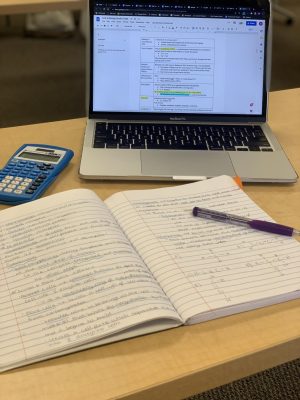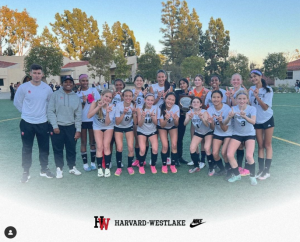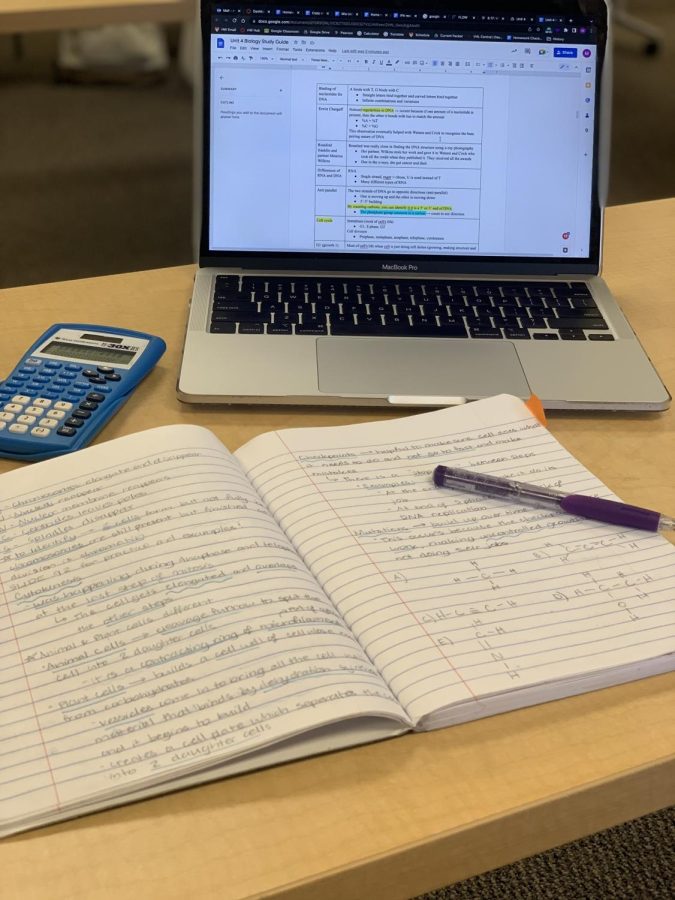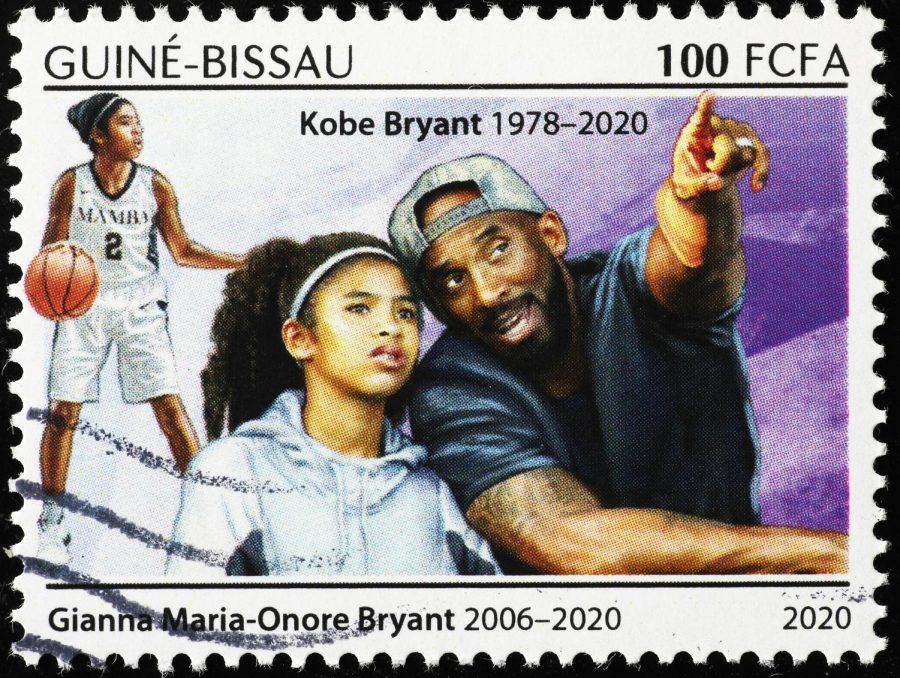By David Arkow ’20
Most people at movie theaters complain about how expensive the food is, but I never thought that would apply to a school cafeteria. Standing in the lunch area, I heard a student complaining to a friend about being charged $7 for chicken and rice. Unfortunately, this story isn’t just a one-time experience, but it is relatable for most students who purchase food from the cafeteria. While the food in the cafeteria is good quality and convenient, some of its prices are inflated and hidden.
In an online survey sent to the Middle School, nearly 50 percent of 320 respondents said they spend about $10-15 per day on food. Therefore, each student can spend up to $2,500 on food every school year. $10-15 a day is a lot of money compared to the average $2.50 lunch in California public schools. Although the cafeteria at Harvard-Westlake is a private company, this is still a large price gap. Even though some students do not pay much attention to this, it is important to recognize this price difference.
The cafeteria provides a necessary service to students by serving quality food, drinks and snacks. However, the price of cafeteria food is greater than it would be at a regular grocery store. Over 60 percent of students surveyed said that the cafeteria pricing is too expensive. Price inflation can happen at any place where there is a monopoly on a product like at an airport, amusement park or movie theater. The cafeteria has a captive audience in students and can set up their prices however they want.
While students can bring their own lunches to school, most rely on the cafeteria for food (90 percent of respondents said they eat at the cafeteria). However, the same exact Power Crunch power bar sold in the cafeteria for $2.50 is the same power bar that can be bought from home for around $1.25. The difference is that the cafeteria makes a larger profit than the regular grocery store does (still has to cover expenses of bringing the food to school and paying cafeteria staff). In the survey, nearly 70 percent of students who bring lunch from home said that the reason was because the cafeteria is too expensive.
Regardless of the size of the cafeteria’s profit, the prices should be openly displayed to all students. Over 30 percent of students surveyed said they do not know where to check the prices of cafeteria items. While the cafeteria displays the prices of certain foods (hot food, refrigerated food, drinks), not all of the food has a clear price tag, mainly the snacks (similar brands in a grocery store). The price of the unlabeled food is unknown until the I.D. is scanned. Not displaying the cost of food prevents students from making financial choices when it comes to their food. If the cost of cafeteria items are openly displayed, students can check them and be aware of the price difference. Then students can make a better informed decision about whether it is worth it to pay the extra price that the cafeteria charges rather than bringing the snack from home.
Recognizing the cost of food is a first step for teenagers to become more aware of their financial choices. Some of the cafeteria food is price inflated and its cost is not always transparent. Students should be more careful about the costs of what they are purchasing in the cafeteria. This means checking prices when there are labels and checking when an ID is scanned to see if the food is properly charged according to its price. If there is not a price label on the food, then students can ask one of the cafeteria staff for the price. If one does not care about the price of their food, then they do not have to check the price, but the cost should be openly displayed to all. It is not just important to check prices now, but it is an important life skill. In the future, students will be in charge of their own finances (will not have a parent to pay for them) and will have to manage their own money. Students can learn to check prices now so they are not naive when they are older. However, students cannot learn this skill until all prices are openly displayed on all food items sold in the cafeteria.
While some of the cafeteria food is not cheap, they do not necessarily have to be reduced. There just has to be more transparency about the pricing of the food that we eat 180 days a year and spend up to $2,500 per year on.








